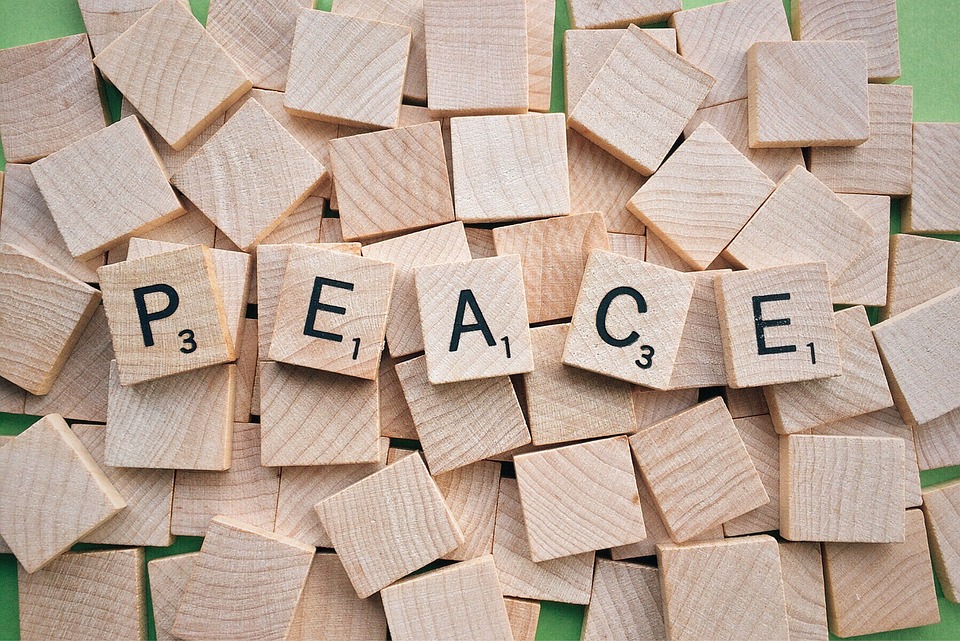07 Aug 2019 | Articles
Improvement of social policies for avoiding or reducing violence
The World Health Organization presents the issue of violence as the main problem of public health in the world. It provides in its reports very important information to understand the reality of violence on the planet. It highlights the information, obtained through the systematic research in several countries, that pockets of material poverty favor the appearance of violence. The pockets of material poverty have higher rates of violence. Therefore, the confrontation of the violence is achieved by reducing the material poverty with the creation of areas for employment, income, housing, food, health, and education, and promoting dignified living conditions. Reflecting on this concept of action, we should caution not to fall into the preconceived trap and assert that the poor are violent. This is certainly not true. The violence is in the mind of people and not in their socio-economic condition. There are cities with high rates of material development and an outstanding per capita income that also have high crime rates.
On the one hand, we know that poverty favors the appearance of violence, but on the other hand we know that poverty is not synonymous with violence. A practical everyday example can help in the comprehension of this issue: imagine a middle-class couple, where the husband and wife are both employed, with a good quality of life, with a house, a car, and extravagant food. Suddenly, both lose their jobs. The pattern of possibilities of consumption changes, with the basic needs of survival being emphasized. In the family life, rudeness, insults, and physical and psychological violence very easily appear. What happened? They were not violent and suddenly they changed? The answer is no. The violence was already in them, but it was softened or anesthetized by the favorable material conditions. Therefore, it is very important to understand that the reductive social actions of material poverty contribute to reduce violence; however, it is equally important to understand that they are not sufficient. There are violent rich people, there is violence in the middle classes, and there is violence among the poor. The violence of rich people, structured in egocentrism, sociocentrism, greed, and socioeconomic abuse is less perceptible and visible; however, we cannot forget that it exists and that it has cruel ramifications for other forms of violence. The violence of leaders is more pernicious, dangerous and cruel. It is a generalized preconception to assert that the violence is only on the outskirts of the cities; it exists equally in all social classes. Therefore, the educator must understand that violence is in the minds of people and not in their socioeconomic condition.







